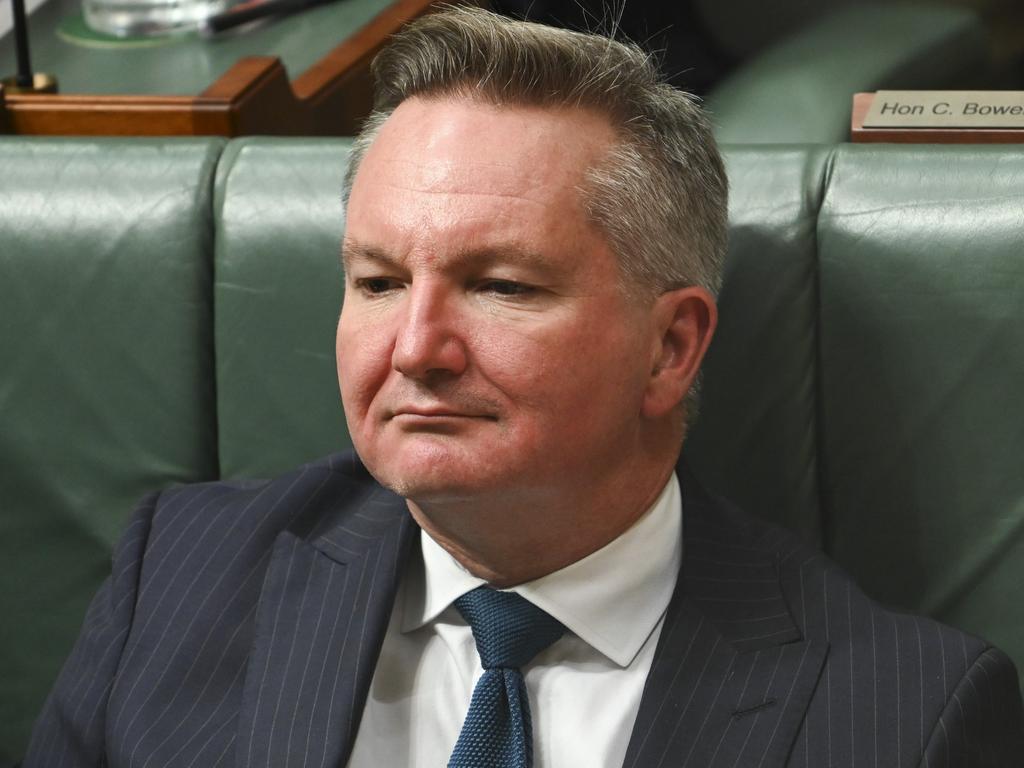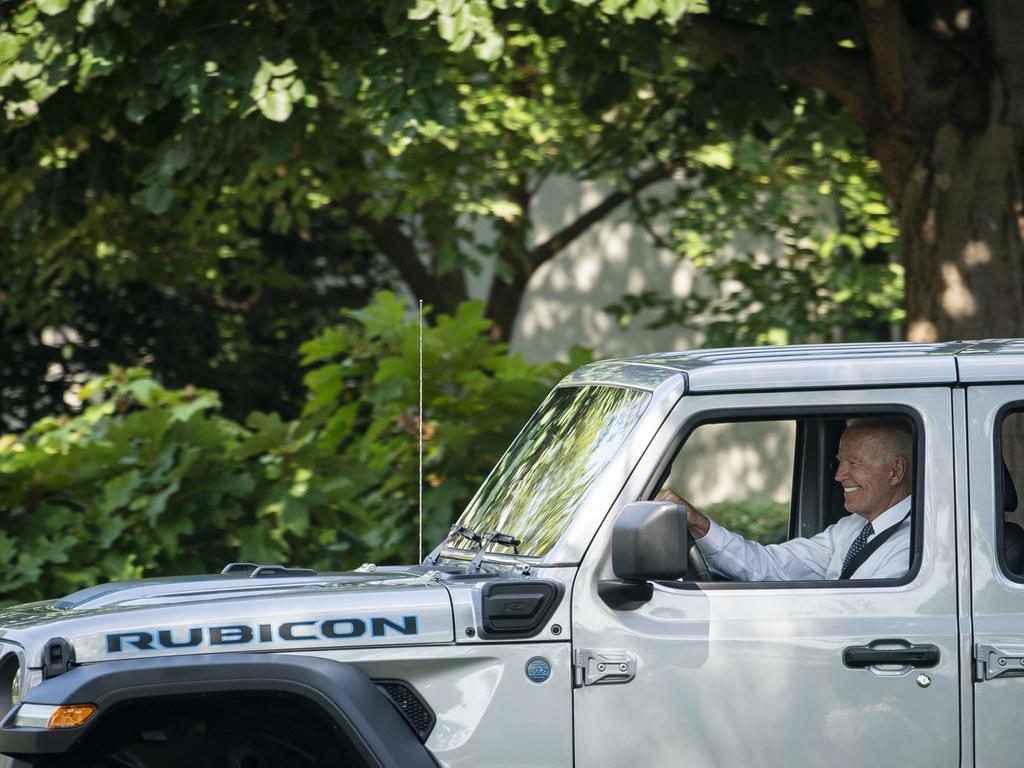Slowing demand for electric vehicles to undermine farcical US targets
The Biden administration’s backtracking on tough emissions regulations to boost electric vehicles are a harbinger of things to come for EV zealots.
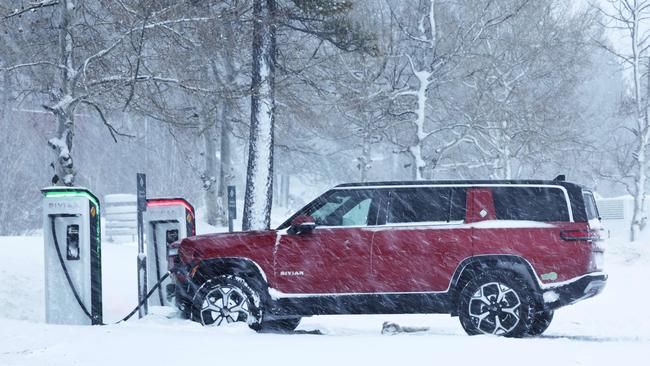
In his press conference outside court in Manhattan this week, Donald Trump railed against the array of legal cases he is facing, even as he enjoyed a modest “win” after a bond he was required to post was slashed to $US175m ($268.6m).
But in his 22 minutes he found time to quickly lay out three policies he’d be campaigning hard on as he seeks re-election as president in November. Two are well-known: sealing the southern border and lowering energy costs – “drill baby, drill”.
But he also slammed Joe Biden’s “ridiculous electric car mandate”. “Nobody has ever heard of anything so foolish and stupid,” he told reporters. It was a harbinger of the sort of rhetoric Democrats can expect from the Republican campaign.
The Biden administration has made a big song and dance about shifting the US to electric vehicles, considered an essential step on the path to the still popular goal of “stopping climate change” by reducing carbon dioxide emissions.
Last year it projected 66 per cent of new car registrations by 2032 would be electric in the US (up from about 7 per cent last year), thanks to tougher emissions standards and generous tax breaks for purchasing new EVs.
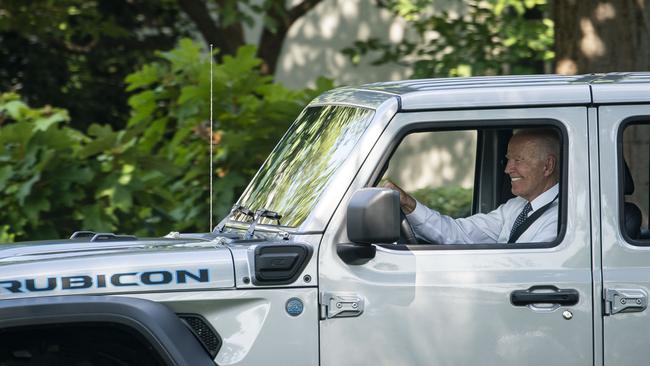
These ambitious goals have quickly been mugged by economic and political reality. EVs have been piling up in car yards across the US, as sales figures are coming in well below expectations, despite falling prices.
The so-called transition to EVs is shaping up to be an embarrassing flop, born of the routinely misplaced idea governments can ban things when voters (and drivers) have other ideas.
The average new EV list price in the US fell 9 per cent to $US63,000 in January (against $US48,000 for petrol-powered vehicles), according to industry monitor CarGurus, and used EVs fell 21 per cent to just under $US39,000 ($US27,000 for petrol vehicles). And the falling prices haven’t fuelled demand, even with a $US7500 tax credit for qualifying purchases.
In November, more than 4000 US car dealers wrote to Joe Biden, imploring the President to ditch what they argued were impossible targets.
“Early adopters … were ready to buy these vehicles as soon as we had them to sell. But that enthusiasm has stalled. Today, the supply of unsold EVs is surging, as they are not selling nearly as fast as they are arriving at our dealerships – even with deep price cuts, manufacturer incentives, and generous government incentives,” they wrote, urging the administration to “tap the brakes on the unrealistic government electric vehicle mandate”.
The administration appears to have listened, last week backflipping (a little) on earlier promises to introduce tough tailpipe standards that would in effect squeeze out petrol cars. Now, it expects 56 per cent of new vehicles to be EVs by 2032, with the bulk of the growth later this decade.
Trump has promised to tear even these up on day one if re-elected. Expect further backtracking if the bad headlines keep rolling in, in any case.
In January, car hire giant Hertz, pointing to higher costs from collisions, announced it would sell 20,000 EVs, including Teslas, despite an earlier promise to make 25 per cent of its fleet electric by 2024.
Ford launched an electric version of America’s top-selling car, the F150 ute, in 2022, with forecasts of selling around 150,000 units a year. Last year it sold 24,000.
Even in California, America’s EV paradise, its share of new registrations dropped in the last quarter of last year for the first time, from 22.3 to 21.1 per cent, according to official California statistics.
No wonder Tesla’s stock prices have slumped 27 per cent so far this year as investors ponder the future of EV demand.
There’s also the not insignificant issue of potential buyers becoming more aware of EVs’ tendency to explode during and after car accidents, presenting deadly risks both to passengers and first responders.
US National Transportation Safety Board chair Jennifer Homendy this month told congress that emergency crews at an electric car crash in Mountain View, California, had to reach out to the auto manufacturer to ask it to come to the scene of the crash.
“We saw reignition several times of the electric vehicle. And we have with others: not just on the scene, but also on the tow truck and up to five days later in the tow yard itself,” Homendy added.

Major teething problems with EV uptake in the US have proved to be a problem in the Albanese government too, prompting an embarrassing about-face by Energy Minister Chris Bowen, who publicly jettisoned the government’s ludicrous pre-election forecast that 89 per cent of new cars would be electric by 2030.
“Allow time for the battery technology to advance, for EVs to become more affordable … for the charging infrastructure to be built and prove reliable. And most of all, allow time for the American consumer to get comfortable with the technology,” the dealers added in their letter.
The government might be waiting a long time. A charging infrastructure extensive enough to allay consumers’ rampant and understandable range anxiety, especially in a countries such as the US and Australia, is decades away.
Australian motoring writer Paul Maric, founder of Carexpert.com, recently travelled to California to see how much easier life was there for EV drivers compared with those in Australia, given the renowned charging infrastructure on which the Golden State prides itself.
“It was actually significantly worse,” he tells Inquirer, after hiring a Rivian in Los Angeles earlier this year and trying to charge up at multiple stations without much luck.
“We were pretty shocked to see that there were maybe six or seven cars in the queue … I accidentally cut in front of someone, and this guy absolutely lost his marbles at me,” he recounted, highlighting an additional source of road rage only EV owners can appreciate.
Maric’s battery almost depleted waiting so he went back to the Airbnb to plug the car into a wall socket, only to learn it would take 150 hours to charge.
“It’s this woke utopia where they want everyone to be all happy driving around in electric cars but the technology simply is not there yet,” he says.
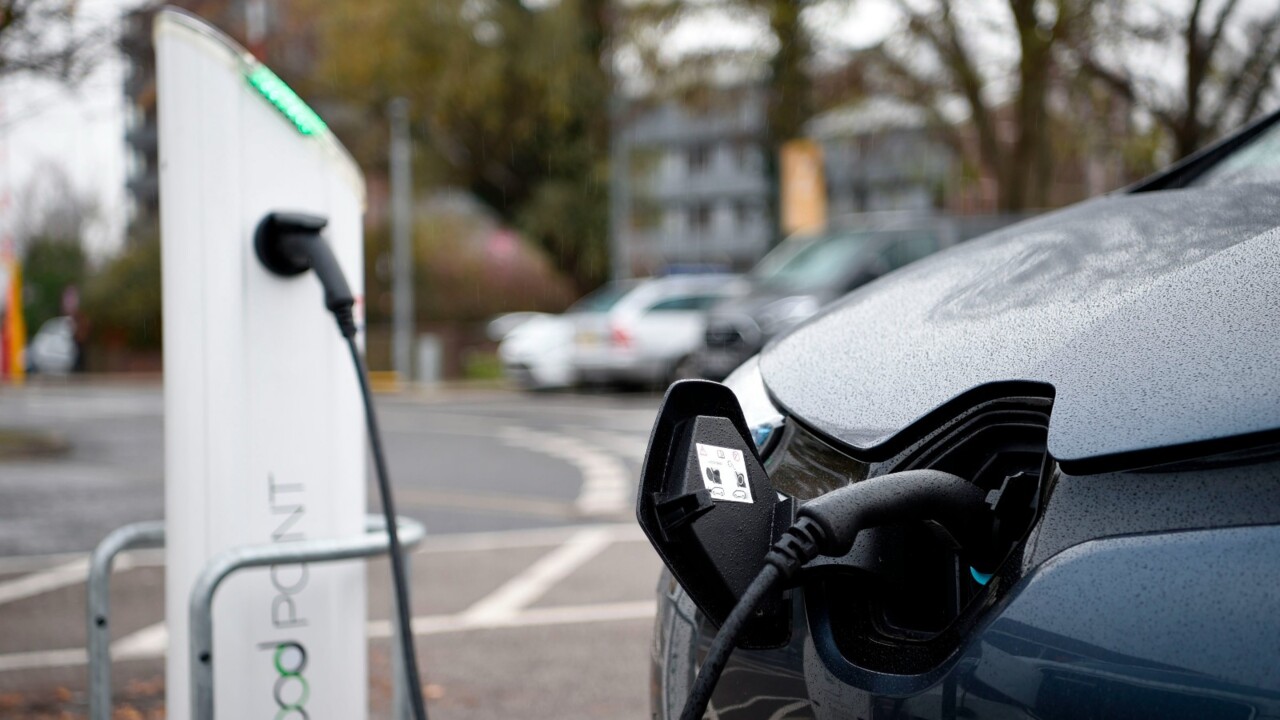
Maric’s experience was far superior, however, to the dozens of Chicago EV owners whose car batteries froze at stations in January’s harsh winter, requiring their cars to be towed.
It’s no surprise then the share of Americans who say they want to buy an EV – currently concentrated among urban high-income consumers who can afford to buy home-charging units that cost thousands of dollars to install – has started to fall. According to the surveys from the American Automobile Association, the interest has been stagnant at around 25 per cent for the past six years, falling to 23 per cent in 2023.
A broader realisation that replacing petrol-powered cars with EVs might not be the environmental panacea widely believed will also undermine their appeal, for consumers if not policymakers.
For a start, if electricity grids remain powered largely by fossil fuels, as they are in China, home to the overwhelming bulk of EV sales, their potential to cut emissions is severely undermined.
Then there’s the extraordinary environmental and energy costs of manufacturing (and replacing) the batteries that power EVs. These roughly 450kg slabs are made from a wide variety of minerals – lithium, copper, nickel, and cobalt.
“The materials needed to build EVs for the world’s 70 million cars sold per year equals about 500 years of the materials now used to fabricate the one billion smartphone batteries now produced annually,” Manhattan Institute energy expert Mark Mills says in a comprehensive July 2023 analysis. To meet even the world’s EV transition goals, hundreds of new mines will be required all around the world, with all the commensurate damage to planet.
“Estimates of the aggregate energy cost to fabricate an EV battery vary threefold but, for context, on average, the energy equivalent of about 300 gallons of oil is used to fabricate a quantity of batteries capable of storing the energy contained in a single gallon of gasoline,” he adds.
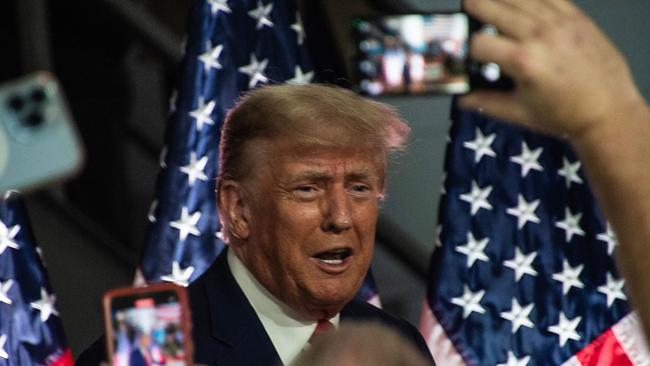
Whatever the economics and science say, there’s also national security implications too. China for now is responsible for 90 per cent of the global EV battery supply chain, according to a Morgan Stanely report last year.
So long as US mineral deposits remain locked up, compelling greater purchase of EVs will inevitably make the US more dependent on China. It would also bolster the competitive advantage of Chinese car manufacturers (closer to the raw materials) eager to win market share from American and European competitors whose relative expertise remains in petrol-powered engines.
Many drivers love the high performance and status of EVs, and would buy them without any subsidies. But for now, far more don’t, and won’t.
In a war of wills between governments and consumers over EVs, the latter will win, unless voters are willing to let governments seize considerably more power over the economy and their lives. Absent a technological breakthrough in the coming years, US and Australian EV targets will become farcical and almost certainly be scrapped.




